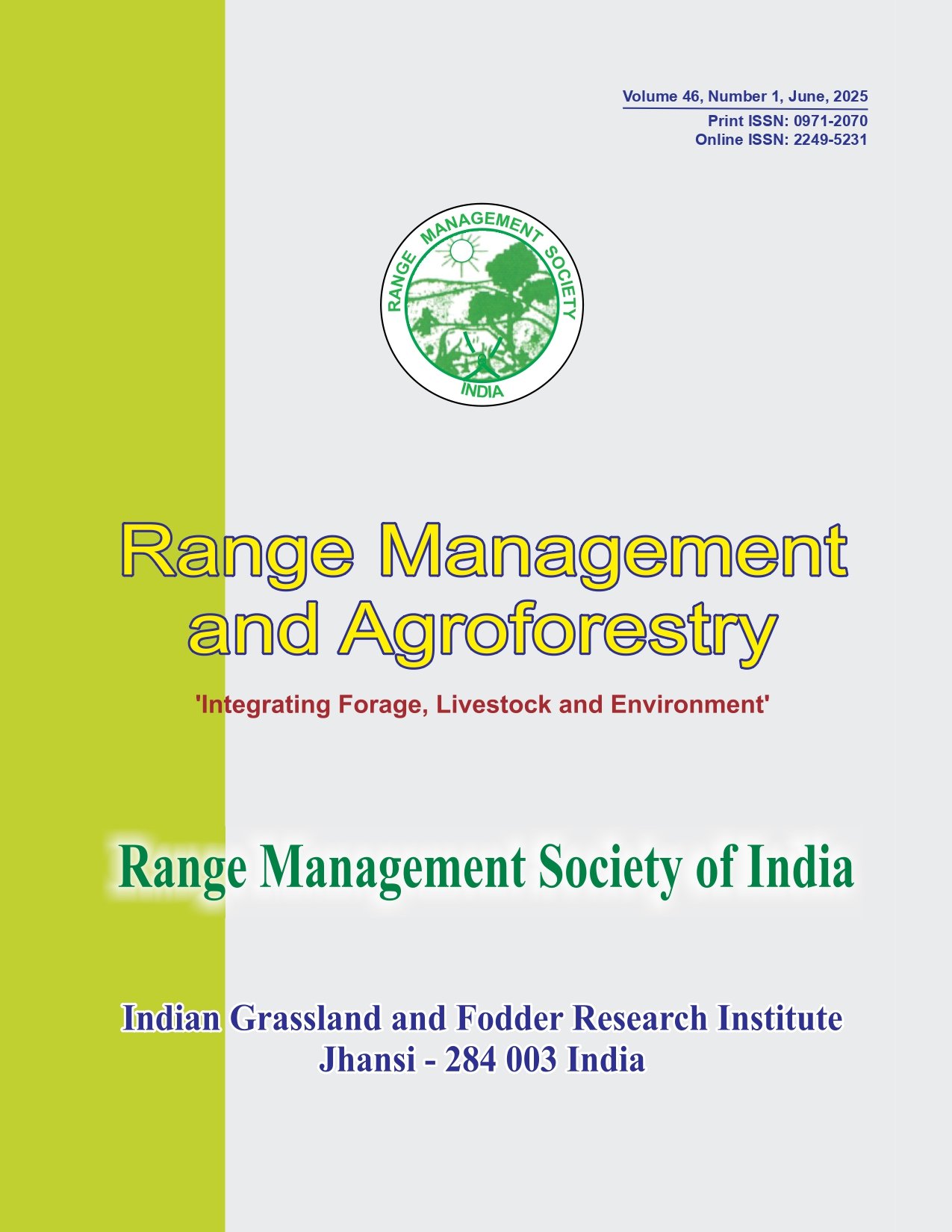Bases of resistance in maize against spotted stem borer, Chilo partellus (swinhoe)
DOI:
https://doi.org/10.59515/rma.2024.v45.i2.12Keywords:
Bases of resistance, Biochemical traits, Biophysical traits, Chilo partellus, Damage ParametersAbstract
Spotted stem borer, Chilo partellus is the most ubiquitous and key pest of maize. Once the pest enters the plant tissue, it becomes almost impossible for biological control agents and pesticides to reach the target. Hence, keeping this in view, a search for biophysical and biochemical bases of resistance in maize against C. partellus was undertaken for two consecutive years, i.e., Kharif 2018 and 2019 at Sardar Vallabhbhai Patel University of Agriculture and Technology, Meerut. Studies revealed that the genotypes with maximum leaf trichomes, leaf epidermal silica bodies, stem lignified vascular bundles, phenols, tannins, and with minimum sugars, proteins and chlorophyll content index had showed a negative impact on C. partellus damage parameters. Therefore, these biophysical and biochemical traits can be used as markers to identify maize genotypes with resistance to C. partellus and further these can be used in resistant breeding program.








